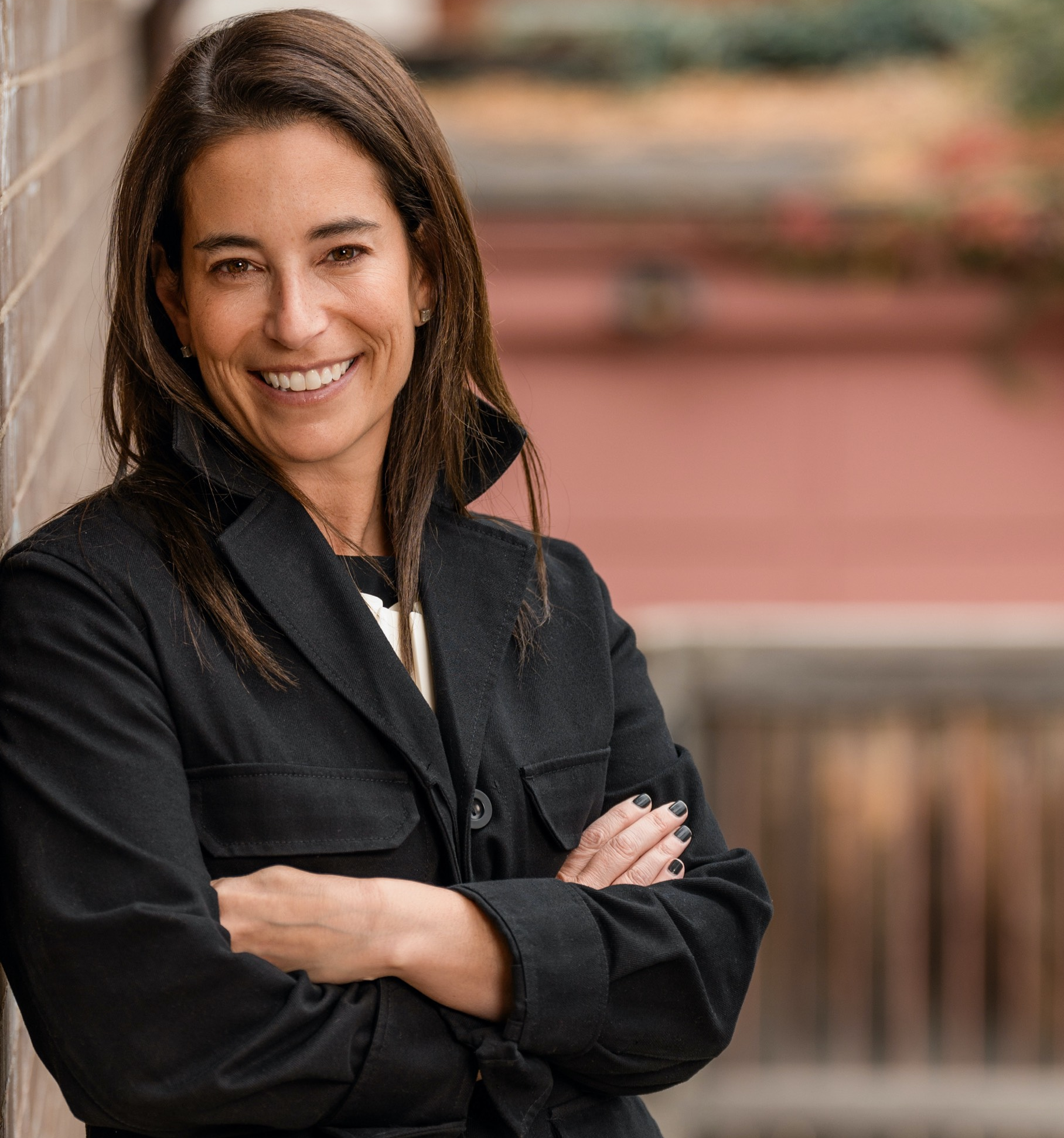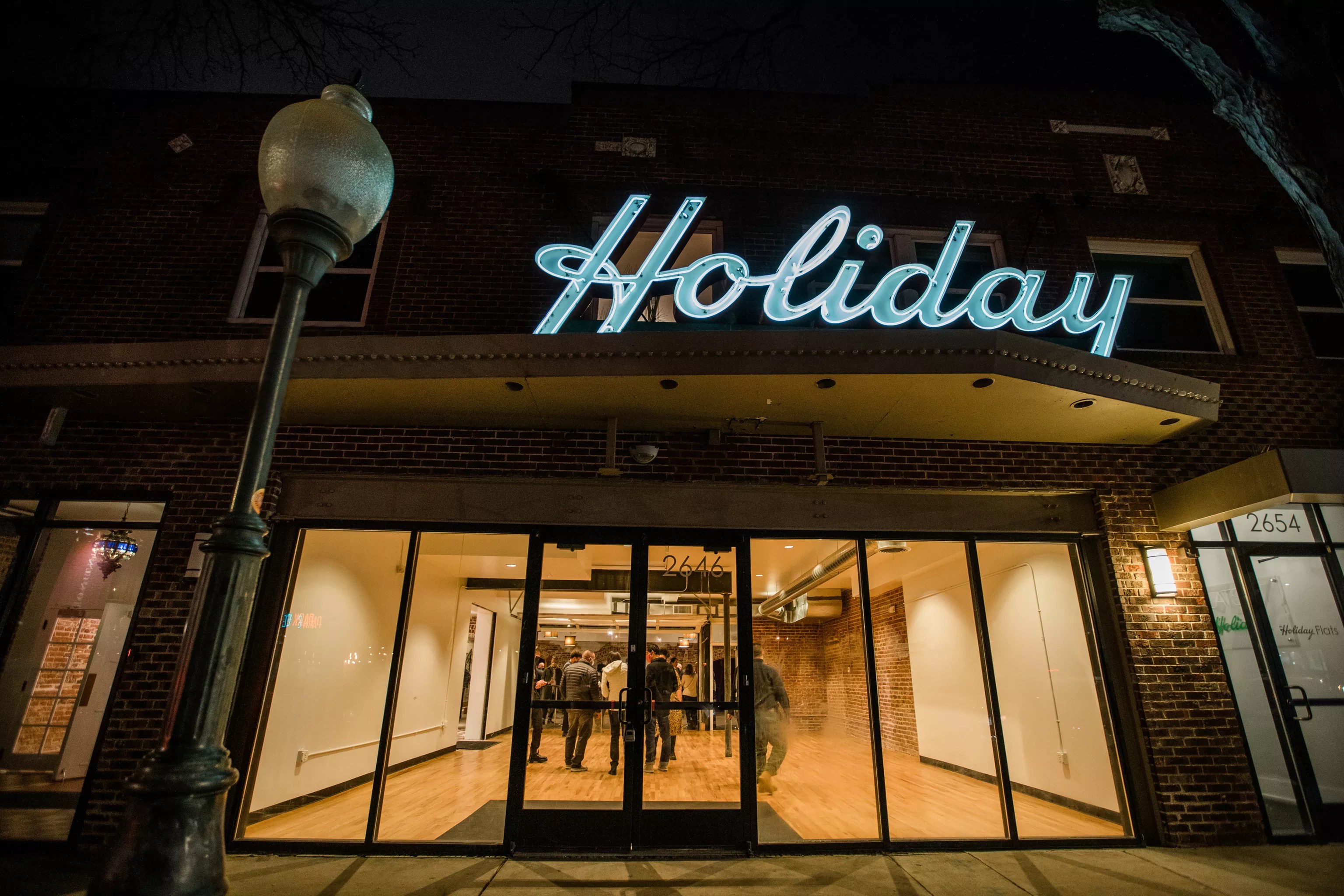
Photo by Nikki A. Rae Photography

Audio By Carbonatix
A chance meeting with then-director Adam Lerner led Nora Burnett Abrams to the Museum of Contemporary Art Denver; what she describes as “a four-month interview” while finishing her graduate studies at NYU’s Institute of Fine Arts led to her becoming an adjunct curator at the MCA in 2010.
In 2019, she took over from Lerner as the Mark G. Falcone director of the MCA.
“What’s been really beautiful is watching the museum grow alongside Denver’s growth as a hub for creative activity,” Abrams says. “When I started, MCA had an operating budget of $2.8 million, and now it’s a little under $6 million; Adam Lerner should obviously be credited so much with that growth in the first decade that I was here when he was director. The thing that I’m most proud of in terms of under my leadership is the ways in which we’ve kind of embedded across the city even further, like taking on a second space at the Holiday Theater and seeing our programming and audience grow.”
But in April, Abrams will embark on a new adventure as director of the Boston Institute of Contemporary Art, leaving the Denver museum at 1485 Delgany Street. She describes the move as bittersweet, but adds that she “couldn’t look away” from the compelling opportunity.
When news happens, Westword is there —
Your support strengthens our coverage.
We’re aiming to raise $50,000 by December 31, so we can continue covering what matters most to this community. If Westword matters to you, please take action and contribute today, so when news happens, our reporters can be there.
“The ICA is a museum I’ve admired for so long,” Abrams says. “Its operating budget and staff are about three times what ours is, so there’s a scaling up that will happen. But what really drew me was the ICA’s storied program, particularly in working with artists and being a real inflection point in their careers. It’s a place whose mission and vision I’ve been a fan of for years. I certainly wasn’t looking to go anywhere, but when this presented itself, it was so alluring and I was so honored to be invited to apply last summer.”
She recognizes that the role will present new challenges, but she also sees it as an opportunity to expand on the skills and values she developed in Denver. After starting as a curator, she moved on to director of planning before becoming director when Lerner moved on. Throughout her tenure, Abrams has played a pivotal role in shaping the museum’s identity and expanding its reach, even while navigating the museum through the COVID-19 pandemic.
“It just made you realize that the more adaptable you can be, the better off you, your team and your organization will be,” she says. “Despite all the challenges, I’m so proud of what we imagined and what we executed during that time.”
Choosing her favorite projects is nearly impossible. “There are several exhibits I’m really proud of, so I won’t be able to pick my favorite child,” she says, and laughs.

The MCA taking over the Holiday Theater was one of Nora Abrams’s proudest moments in Denver.
Nikki A. Rae
But she does offer some highlights: the Tara Donovan: Fieldwork exhibition, which remains the museum’s highest-attended show; the Cowboy exhibition, which delved into the nuanced mythology of the American cowboy; Basquiat Before Basquiat, a groundbreaking exhibition achieved without the artist’s estate’s backing; and collaborating with Senga Nengudi, curating the first survey of her iconic sculptures.
One particularly meaningful memory dates to her early years at MCA: her first artist talk with Lorraine O’Grady. “She passed away a few weeks ago, but she was a force of nature and an artist who did not receive as much critical attention until much later in her career,” Abrams says. “That conversation imprinted on me in a way I’ll carry forward forever.”
While Abrams is moving on this spring, she’ll return to the MCA to help curate a gallery project including a survey of work by Roni Horn exploring the role of water as a resource. That exhibition will open in September.
“As a contemporary art museum, your currency is how relevant you are,” she says. “What I think MCA has been amazing at, and what I think frankly ICA has, as well, is producing programming that is embedded within the larger conversations that are unfolding kind of culturally. For any contemporary art museum to fulfill its purpose, it really has to be connected to that sense of relevance.”
But she also wants the MCA team to stay true to the museum’s identity. “What makes MCA so special is that it does not try to be like any other museum or institution,” Abrams says. “It really knows who it is and is confident in how it brings its mission to life. Stay as creative as you are, be proud of what we have built in Denver, and use that to forge the path ahead.”
That path includes working with other groups. “Engaging with cultural organizations has never been more important, because MCA has not seen audience engagement return to what we had before the pandemic,” Abrams acknowledges. “These are spaces that are really helping us connect with and understand the world that we’re a part of in really interesting, meaningful, singular ways, so it’s important that we participate in that aspect of civic life.” The programming at the Holiday is just one example of that.
“Downtown Denver hasn’t come back since the pandemic, but I know there are many people who are collaborating, the MCA included, to help build back the vitality of this area, so I’m excited to see how that will unfold over the next couple of years,” Abrams notes. “I am so proud of the incredible team that we have built over the last many years. I’m also so proud of having taken on an additional space, the Holiday Theater, and I see that very much as a platform that we will continue to grow and develop beyond my leadership here.”
Abrams remains confident in the future of the MCA and the arts community at large – if it stays creative. “Number one is to just be yourself,” she concludes. “Ask the questions that you’re most interested in, because it’s highly likely others will be curious about that as well, and always be open to new ways of collaborating with artists. If you truly embody the kind of creative thinking that we look for in the artists with whom we collaborate as curators, you will go a long way.”